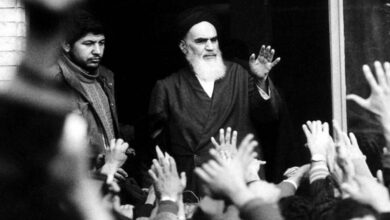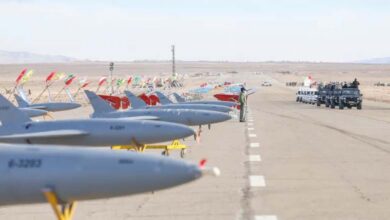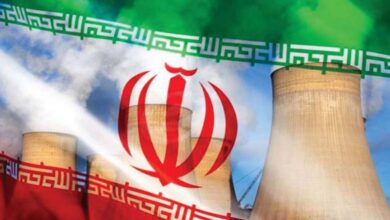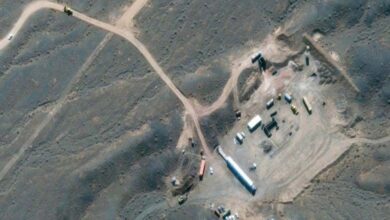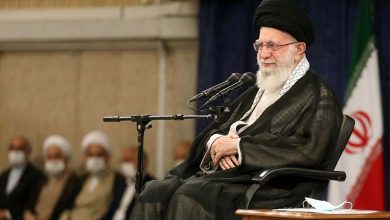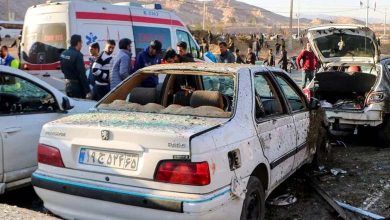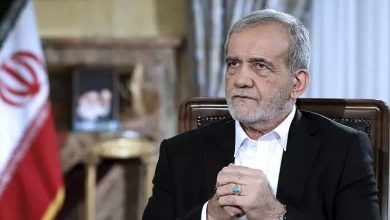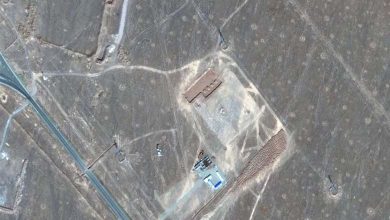Amnesty International reveals: This is what Iranian diplomats have done with this humanitarian disaster
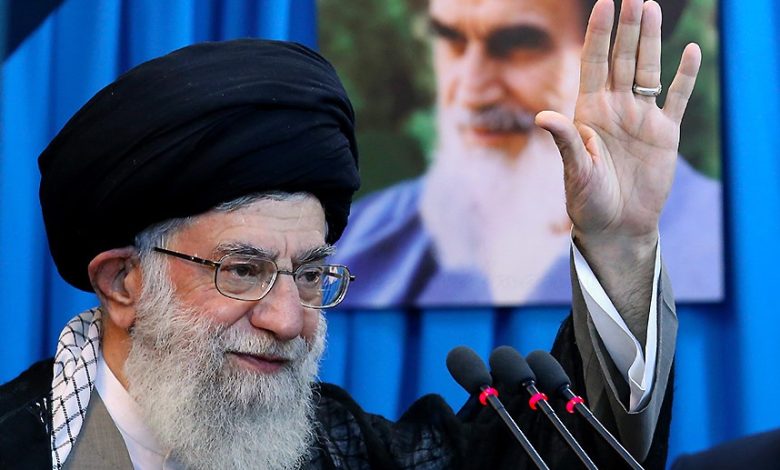
Amnesty International has revealed the role of Iranian regime diplomats in hiding evidence of mass executions of political prisoners in 1988, based on the fatwa of the first Iranian Leader (Khomeini), suppressing current protests and mutilating protesters.
The refusal of the Iranian authorities to acknowledge the “prison massacres” committed in 1988 and to ensure accountability for those massacres has perpetuated a cycle of crimes that violate international law and cover-ups designed to quell any form of political opposition, the UN group said.
It went on to explain “the dangerous role played by the diplomatic representatives of the Islamic Republic in denying the occurrence of massacres, spreading false information, and opposing the international investigation in the face of increasing reliable evidence.”
Referring to protests that erupted after the death of young Kurdish woman Mahsa Amini, mysteriously in police detention allegedly due to a poor hijab, Amnesty International said: “More than four decades later, Iranian officials continue to use similar strategies to cover up crimes that violate international law and other serious human rights violations, and continue to undermine international responses to them as they attempt to crush ongoing protests across the country.”
Amnesty International said it has gathered evidence that several former diplomatic representatives and government officials in Iran were involved in the cover-up, most notably former Foreign Minister Ali Akbar Velayati, one of the most prominent advisers to Iranian Supreme Leader Ali Khamenei. In addition to Velayati, they include Manoutchehr Mottaki (Foreign Minister in the era of Mahmoud Ahmadinejad) and Mohammad Hossein Lawasani.
According to Amnesty International’s list of former officials involved; Mohammad Jafar Mahallati, Iran’s Permanent Representative to the United Nations in New York; Cyrus Nasseri, Iran’s Permanent Representative to the United Nations in Geneva; Mohammad Ali Mousavi, Charge d’Affaires of the Iranian Embassy in Canada; Mohammad Mehdi Akhundzadeh, Charge d’Affaires of the Iranian Embassy in London; and Raisi Nia, a former diplomat at the Iranian Embassy in Tokyo.
Amnesty International accused Iranian officials of seeking to tarnish the image of the new generation of protesters and dissidents as “rioters”, similar to the methods used after the 1988 executions, saying that they “deny their involvement in hundreds of unlawful killings and reject calls for international investigations and accountability”.
The organization referred to the special session held by the Security Council last November on the lethal crackdown by the Iranian authorities to curb the protests, stressing that “Iranian officials in Geneva distributed lengthy reports that attributed the killings of protesters to (hired terrorists), to (suicide) or (accidents), or doubted the death of some of the victims.”
The same month, Iran’s current Permanent Representative to the United Nations in New York, Amir Saeed Irvani, called on states to refrain from supporting an informal meeting of the United Nations Security Council on Iran’s deadly crackdown on protesters, which he called a “malicious campaign of disinformation,” and he ignored a plethora of evidence that hundreds of protesters and bystanders, including children, were unlawfully killed by Iranian security forces, and claimed that “the right to freedom of expression and peaceful assembly is recognized and guaranteed in the Constitution of the Islamic Republic of Iran, and that the Government supports our people’s continued enjoyment of this right.”


